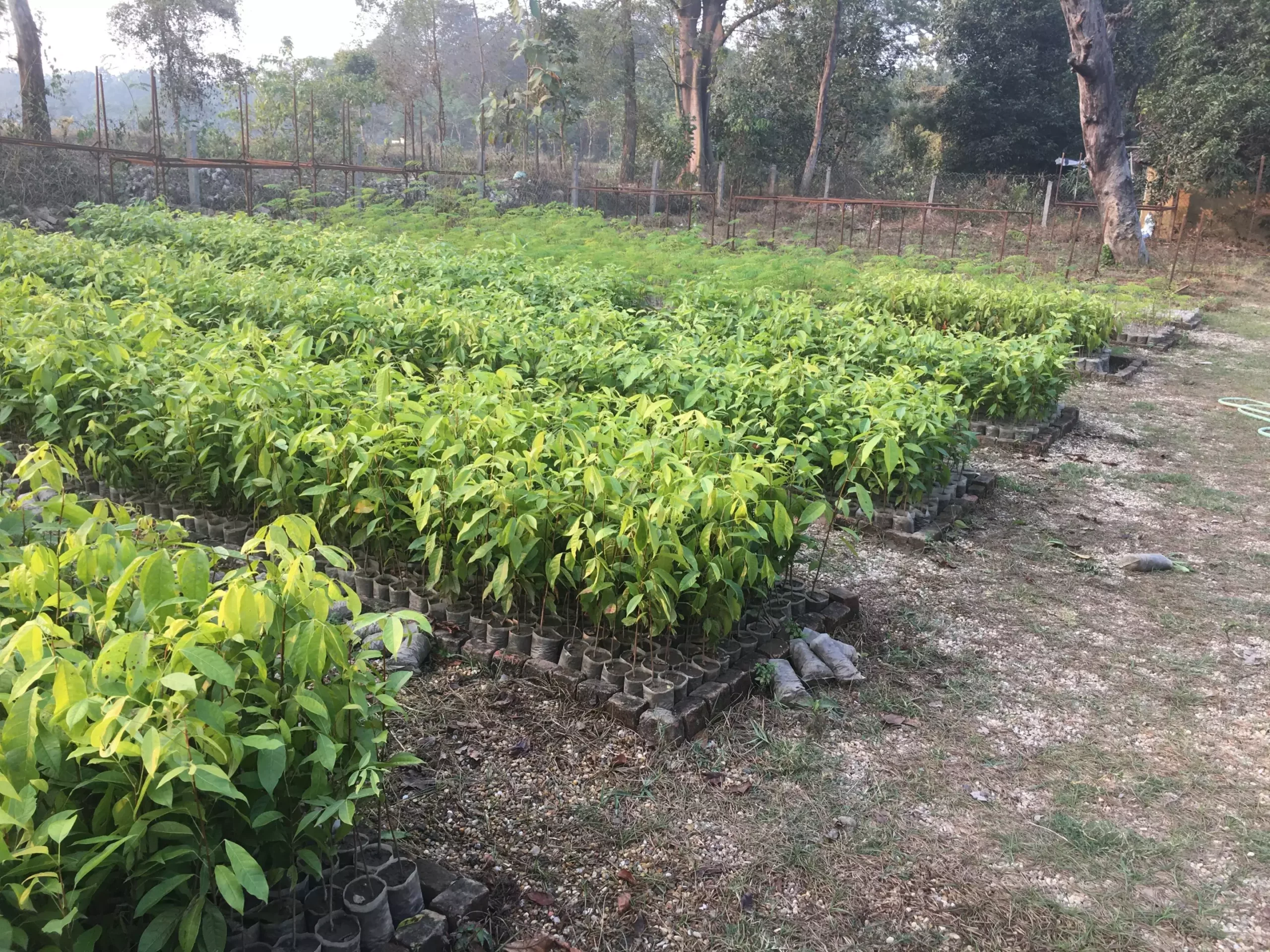In a world grappling with the escalating challenges of climate change, the sobering reality of carbon emissions lurks ominously. Yet, recent research from *Nature Climate Change* unveils an invigorating perspective on how reforestation in low- and middle-income countries could be an unacknowledged powerhouse in the battle against climate change. With the latest findings suggesting that strategic reforestation efforts can sequester up to ten times more carbon dioxide than previously thought and at a fraction of the expected cost, it’s time to reconsider how we approach forest restoration. The implications of this study resonate far beyond mere numbers—they challenge existing paradigms and advocate for a multi-faceted approach to land use and reforestation practices.
Understanding the Mechanics of Reforestation
Traditionally, reforestation initiatives have leaned heavily on tree planting as the prime solution for restoring carbon sinks. However, the study’s findings indicate that nearly 50% of potential reforestation sites would benefit immensely from allowing natural forests to regenerate without human intervention. Not only does this strategy promote biodiversity, but it also leverages the natural growth processes of the ecosystem to capture carbon more effectively. Jeff Vincent, a notable figure in forest economics and management, emphasizes the importance of wood markets in enabling successful large-scale reforestation, revealing the nuanced relationship between economic incentive and environmental stewardship.
The study’s focus on identifying the best reforestation strategies on a geographic basis brings to light the critical aspects of carbon sequestration—particularly in the countries that face the greatest deforestation challenges. Understanding that the integration of both natural growth and active planting can lead to a more balanced and effective carbon sequestration solution compels us to rethink our current reforesting methodologies. This nuanced view promotes sustainable land use while not compromising other societal demands associated with forest resources.
The Economic Case for Mixed Approaches
The multifaceted analysis suggests a dynamic interplay between timber production and conservation. Using economic incentives like carbon payments, businesses can fund reforestation efforts as part of their corporate social responsibility initiatives, potentially creating a virtuous cycle. While some areas may find carbon payments sufficient in driving reforestation efforts on their own, others might see enhanced returns from the sustainable harvesting of timber. This approach underscores the delicate balance between short-term economic viability and long-term ecological health.
Moreover, the study outlines variables affecting the cost-effectiveness of either method. Factors such as growth rates, accessibility to natural seed sources, and the current use of land can significantly influence the outcomes of different reforestation strategies. What is striking is how these variables shape the effectiveness of the natural regeneration approach, often making it cheaper and more sustainable than extensive active planting. As such, the need for tailored strategies that reflect local conditions rather than a one-size-fits-all framework becomes glaringly evident.
A Paradigm Shift for Conservation Initiatives
The call from researchers like Jonah Busch for a more biodiverse reforestation approach is crucial in redefining the narrative around forest restoration. They highlight the gross underutilization of natural regeneration and advocate for its incorporation into mainstream conservation practices. This paradigm shift compels investors, governments, and conservation organizations to rethink their funding strategies—no longer viewing environmental causes solely through the prism of planting trees, but by creating a synergistic blend of reforestation methods to maximize ecological returns.
As governments and organizations embark on the journey to mold effective climate policies, guidance from research like this offers a game plan. The resulting map delineating cost-effective strategies across various regions serves as a critical resource, allowing stakeholders to allocate their restoration budgets with greater precision. This directed approach is not only economically prudent but also vital in cultivating resilient ecosystems capable of withstanding the pressures of climate change.
In essence, as we grapple with the urgent need for impactful climate solutions, embracing diversified and locally tailored reforestation strategies may well emerge as not just an option, but an imperative. The study does not merely display data; it intricately weaves together ecological wisdom with economic insight, illuminating a path forward that prioritizes both our planet’s health and humanity’s essential needs. The interconnectedness of these elements will define future endeavors in reforestation and carbon sequestration, leading to a more sustainable and hopeful future.

